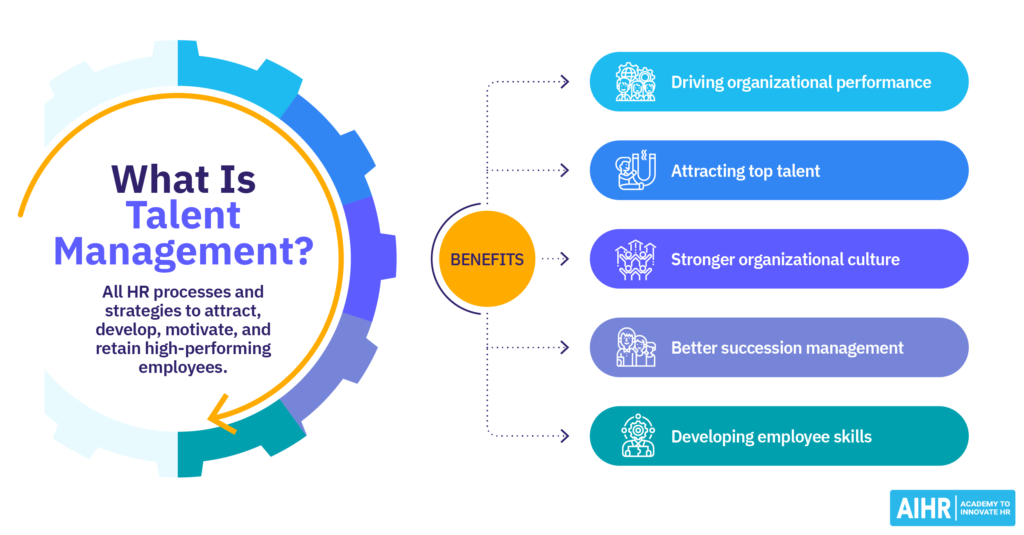In recent years, there has been a notable shift in the automotive industry towards sustainability, with seat makers leading the charge in implementing eco-friendly practices. As concerns about environmental impact and resource depletion continue to rise, seat makers are adopting innovative strategies to minimize their carbon footprint and promote sustainability throughout the production process. This article will explore six ways in which seat makers are embracing sustainability, from the materials they use to their manufacturing techniques and recycling initiatives.
6 Ways Seat Manufacturers Are Embracing Sustainability
1. Utilization of Recycled Materials
One of the key strategies adopted by seat manufacturers to enhance sustainability is the utilization of recycled materials in seat production. Instead of relying solely on virgin materials, manufacturers are incorporating recycled plastics, fabrics and metals into their seat designs.
By sourcing recycled materials, seat makers reduce the demand for new raw materials, conserve natural resources, and divert waste from landfills. Additionally, using recycled materials in seat manufacturing helps to lower greenhouse gas emissions associated with the extraction and processing of virgin materials, contributing to a more environmentally friendly production process.
2. Lightweight Seat Designs
Another approach to sustainability in seat manufacturing is the development of lightweight seat designs that prioritize fuel efficiency and reduce carbon emissions. Seat makers are investing in research and development to create seats with optimized structures and materials that minimize weight without compromising safety or comfort.
Lightweight seats contribute to overall vehicle weight reduction, which in turn improves fuel economy and reduces greenhouse gas emissions during vehicle operation. By prioritizing lightweight design principles, seat makers play a vital role in promoting sustainability across the automotive industry and advancing the transition towards eco-friendlier transportation solutions.
3. Adoption of Eco-Friendly Production Processes
Seat makers are increasingly adopting eco-friendly production processes to minimize environmental impact and energy consumption. From energy-efficient manufacturing facilities to the implementation of renewable energy sources such as solar and wind power, manufacturers are prioritizing sustainability throughout their operations.
Additionally, advancements in manufacturing technologies, such as lean manufacturing and digital automation, help optimize resource utilization and minimize waste generation. By embracing eco-friendly production practices, seat makers not only reduce their carbon footprint but also set a precedent for sustainable manufacturing standards across the automotive sector.
4. Implementation of Closed-Loop Recycling Systems
To further enhance sustainability, seat makers are implementing closed-loop recycling systems that enable the recovery and reuse of materials at the end of a product’s life cycle. Through closed-loop recycling, materials from end-of-life seats are collected, processed, and reintroduced into the manufacturing process to create new seats or other products. This circular approach minimizes waste generation, conserves resources and reduces the environmental impact of seat production. By establishing closed-loop recycling systems, seat makers demonstrate their commitment to sustainability and contribute to the creation of a more circular economy within the automotive industry.
5. Focus on Durability and Longevity
In addition to using sustainable materials and production processes, seat makers are placing greater emphasis on durability and longevity in seat design. By engineering seats to withstand prolonged use and exposure to environmental factors, manufacturers reduce the frequency of seat replacements and extend product lifespans.
Durable seats not only benefit vehicle owners by reducing maintenance and replacement costs but also contribute to overall resource conservation and waste reduction. By prioritizing durability and longevity, seat makers align with principles of sustainable consumption and promote a more environmentally conscious approach to automotive design and manufacturing.
6. Collaboration with Automotive OEMs
Collaboration between seat makers and automotive original equipment manufacturers (OEMs) plays a crucial role in driving sustainability initiatives within the automotive industry. By working closely with OEMs, seat makers can align their sustainability goals with the broader objectives of vehicle manufacturers and integrate eco-friendly seat solutions into vehicle designs.
This collaboration enables the development of innovative seating technologies and materials that meet performance requirements while minimizing environmental impact. Through joint research and development efforts, seat makers and OEMs can accelerate the adoption of sustainable practices across the automotive supply chain and drive positive change towards a more sustainable future.
Conclusion
As concerns about environmental sustainability continue to grow, seat makers are taking proactive steps to minimize their environmental footprint and promote eco-friendly practices throughout the automotive industry.
From utilizing recycled materials and lightweight designs to implementing closed-loop recycling systems and prioritizing durability, seat makers are embracing sustainability across all aspects of seat production.
By collaborating with automotive OEMs and adopting eco-friendly production processes, seatmakers are driving innovation and leading the transition toward a more sustainable automotive sector.
As the industry continues to evolve, the commitment of seat makers to sustainability will remain crucial in shaping a greener and more environmentally conscious automotive landscape.




